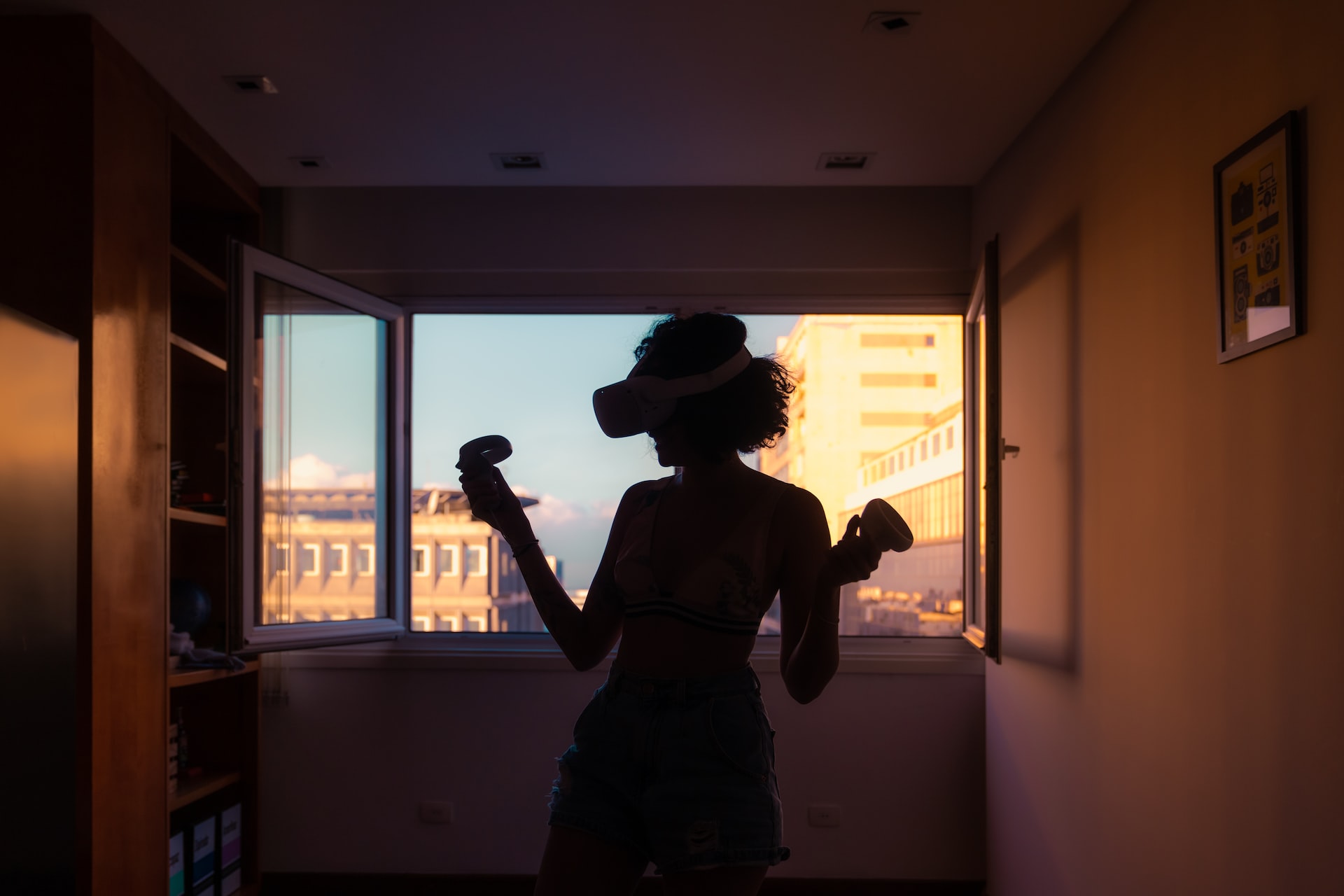The Ultimate Guide to Virtual Reality Marketing in 2023 & Beyond

Virtual Reality (VR) technology has come a long way in recent years and is now being used by businesses to enhance their marketing efforts. As we are in 2023, it’s important to understand the potential of VR marketing and how it can help businesses grow. This guide will cover the benefits of using virtual reality in marketing, the various types of VR marketing, and the steps to get started with a VR marketing campaign.
Understanding the Benefits of Virtual Reality Marketing:
There are several benefits to using virtual reality in marketing. VR provides an immersive experience for the user, which can help increase brand awareness and engagement. VR can also be used to create an interactive experience, allowing users to explore products and services in a way that is not possible with traditional marketing methods.
Types of Virtual Reality Marketing
There are several types of virtual reality marketing, including 360-degree videos, VR games and experiences, and VR events. Each type of VR marketing has its own advantages and can be used to reach specific target audiences.
360-Degree Videos
360-degree videos provide a fully immersive experience for the user, allowing them to look in any direction and explore the environment. This type of VR marketing is ideal for showcasing products, such as real estate or travel destinations, as well as for promoting events or experiences.
VR Games and Experiences
VR games and experiences provide an interactive and engaging experience for the user. This type of VR marketing is ideal for promoting products or services in a fun and entertaining way, while also providing valuable information about the brand.
VR Events
VR events allow businesses to create an immersive and interactive experience for their target audience. This type of VR marketing is ideal for promoting products, events, or experiences and can be used to create a sense of community and engagement.
Getting Started with Virtual Reality Marketing
To get started with VR marketing, businesses need to determine their target audience and identify the type of VR experience that will best meet their needs. It’s also important to consider the budget and resources available, as VR marketing can be a complex and expensive process.
Creating a VR Marketing Campaign
Once the target audience and type of VR experience have been determined, businesses can start creating their VR marketing campaign. This includes creating a VR experience that aligns with the brand’s messaging and values, and promoting the VR experience to reach the target audience.
Measuring the Success of a VR Marketing Campaign
Measuring the success of a VR marketing campaign is important to ensure that the investment is yielding the desired results. This can be done by tracking engagement and interaction with the VR experience, as well as by measuring the impact on brand awareness and customer engagement.
The Future of Virtual Reality Marketing
As VR technology continues to evolve, it’s likely that VR marketing will become even more prevalent in the future. Businesses that adopt VR marketing early will have a competitive advantage and be well-positioned to succeed in the years ahead.
Conclusion
Virtual Reality (VR) marketing provides businesses with a unique opportunity to engage with their target audience in a way that is not possible with traditional marketing methods. As we are in 2023, it’s important for businesses to understand the potential of VR marketing and the various types of VR marketing experiences that are available. By creating a VR marketing campaign that aligns with the brand’s messaging and values, businesses can increase brand awareness and engagement, while also providing a memorable and interactive experience for their target audience.





